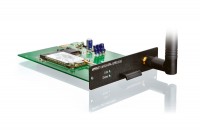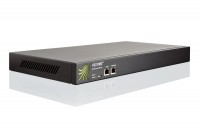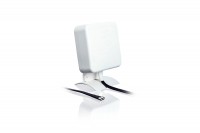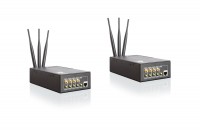Unbelievable, what bonding DSL, UMTS and LTE makes possible
Reliable e-cash in 120+ stores
Buying groceries has never been easier than today: If the supermarket of your choice doesn’t have an online shop yet, at least it doesn’t require you to carry cash around; just choose the articles you need and purchase them with your credit card – the Internet makes it all possible. However, as supermarkets become more and more dependent on the Internet, their requirements regarding a powerful connection increase as well: POS systems are centralized, alarms are connected with security services, telephony is realized via VoIP; some stores even offer e-learning for their employees which can be accessed 24/7. All these applications need a reliable and high-bandwidth connection. This is why one of the largest food retailers of the Netherlands, Detailresult Group, chose to install a Viprinet solution in their stores.
Internet for recovery
Denmark is the leading European country when it comes to using eHealth infrastructures. Especially concerning the treatment of COPD (chronic obstructive pulmonary disease), Denmark makes use of a trendsetting telemonitoring system for monitoring and treatment of COPD patients in their own home. This way, about 40% of treatment costs can be saved compared to stationary hospital stays. Another important aspect is the comprehensive monitoring of all relevant data via the Internet. If this monitoring is not guaranteed, sudden exacerbation of the patient‘s condition cannot be treated fast enough. The COPD telemonitoring solution developed by Viewcare in cooperation with Danish Viprinet partner Sharecon is one of the most up-to-date of its kind, and stands out by its extremely high availability.
Replacing MPLS in two countries
For many companies, replacing an existing Internet connection is a difficult step. In many cases, decision makers prefer accepting the shortcomings of an established system to the complex task of a full reorganization. Yet, such a step frequently leads to improvement in quality and to cost reductions, as can be exemplified by the TISA AG. The Swiss transportation company with its headquarters in Widnau in the Canton of St. Gallen has replaced its existing MPLS network for five sites, four of them in Switzerland and one in Austria, by a Viprinet solution – with exclusively positive effects.






















